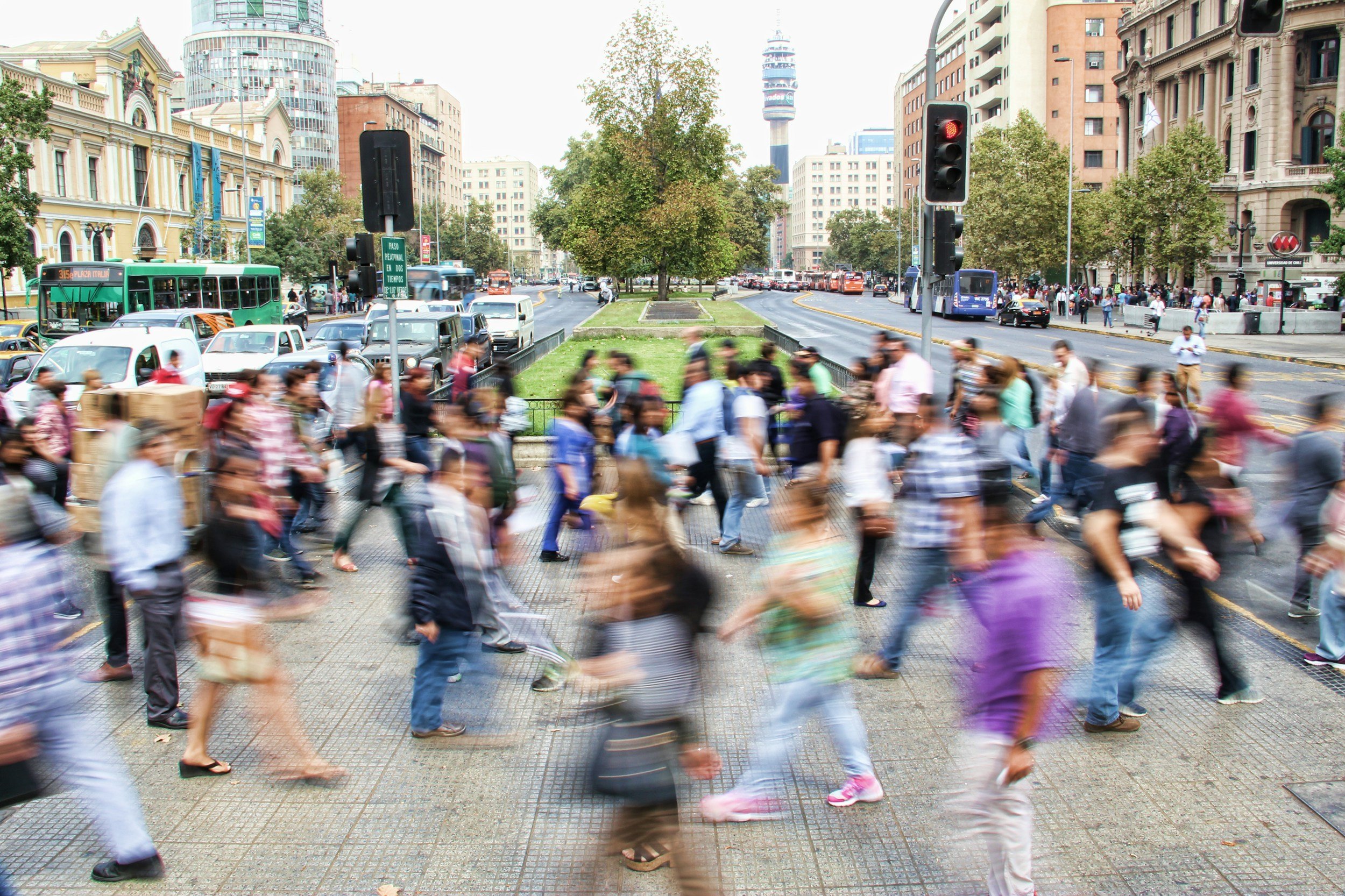
People move via pre-existing pathways, often relying on established social networks like family or community members, or institutions such as employers, religious organizations, schools, and non-government organizations (NGOs).
That’s why understanding your community’s newcomer social networks can offer insights to understanding future migration patterns.
Climate migration modeling
Climate migration modeling – an emerging field that generates population projections based on climate risk data, pre-existing migration pathways, and economic, environmental, and decision-making data – offers another way to anticipate who may be arriving in your community.
Remember: As you explore climate migration models for your community, keep in mind that projections should not be considered “predictions.” Projections can provide you with an informed starting point for scenario planning.

Worksheet
Consider Who Might Arrive in Your Community – and Why
Who currently lives in your community – and who is likely to arrive? Understanding your community’s demographics is foundational to designing the right physical and social infrastructure to serve residents, both now and in the future.
CASE STUDY
San Mateo County, CA
Leaders in San Mateo County rely on a mix of federal and local data to understand the background, demographics, and language preferences of residents across its 20 multicultural cities. Over the years, they have built capacity to leverage powerful GIS mapping technology to deliver highly targeted multilingual communications. The county’s demographic data is critical for success in communities where nearly half of residents speak one of more than 100 languages other than English at home.

